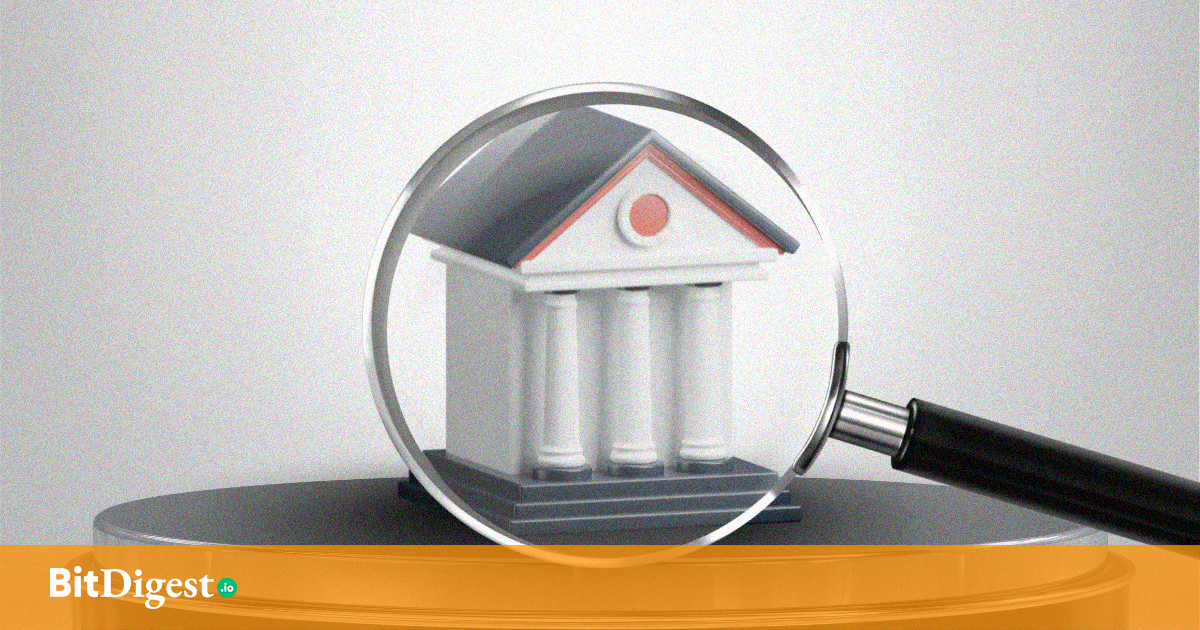Things You Should Know If You Support The Future of Transparent Governance
Before you understand what blockchain can change, you need to know what makes it possible. It’s not the coins or charts or buzzwords. At its core, blockchain is powered by three invisible yet essential parts: blocks, nodes, and miners (or validators). They don’t just keep the system running, they define what makes it trustworthy.
In 2025, Senator Bam Aquino proposed the Blockchain the Budget Bill, aiming to record every peso of the national budget in a blockchain ledger. If this passes, these components won't just power cryptocurrency—they’ll be infrastructure for public trust. Let’s break down what they are, what they do, and why they matter.
The Block: Digital Crates of Public Record
Think of a block as a sealed container, carrying receipts of every transaction made during a fixed time. It doesn’t just store raw data; it locks in a timestamp, a unique cryptographic fingerprint, and a reference to the previous container before it. Once sealed, a block can’t be silently changed. The system will know because that fingerprint will no longer match.
This structure is what gives blockchain its “immutable” quality. You’re not just logging an action; you’re placing it into a chain of truth that depends on every previous link staying intact. If the Philippines were to use this for public funds, every government disbursement would be placed in one of these digital crates, permanent, traceable, and impossible to edit without setting off alarms across the system.
The Node: Guardian of the Ledger
Now imagine a room full of librarians. Each one holds a full copy of the blockchain’s history, and each one is watching for forgeries. That’s what a node is. It’s not just a storage device; it’s an enforcer of the rules. When a new block is proposed, every node compares it against the truth it already knows. If the data doesn’t check out, if something looks tampered with, or out of order, or fake that block is rejected.
There are different types of nodes. Some store the full blockchain; others keep only partial records and rely on the rest of the network. But together, they act as a decentralized network of witnesses. Even if one node goes down, the record remains. That’s how the system avoids central points of failure — and how it survives attacks, outages, and dishonest actors.
In a public finance context, these nodes could be run by civil society, media, universities, or even citizens—all verifying that public spending matches what’s officially recorded.
The Miners and Validators: Puzzle-Solvers and Gatekeepers
While nodes guard the truth, miners and validators decide which new truth is accepted. In traditional blockchain systems like Bitcoin, this process is known as Proof of Work. Here, miners race to solve mathematical puzzles. The winner earns the right to add a block to the chain—and receives a reward in return. It’s competitive, energy-intensive, and deliberate by design.
In more recent systems like Ethereum’s upgrade, Proof of Stake replaces this with validators. Instead of solving puzzles, these participants offer a stake—their own crypto—as collateral. If they vote honestly on which block to accept, they’re rewarded. If they vote dishonestly, they risk losing their stake.
It’s like replacing the lottery with a courtroom, where only those with skin in the game are allowed to vote. And once a block is validated, it becomes part of the permanent record.
In the context of Bam Aquino’s bill, the blockchain used for public budgeting would likely rely on validators—participants selected not through competition, but through credibility and public accountability.
The System Without a Master
What makes blockchain powerful is not any single piece, it’s how these components work together without needing a central authority. Blocks preserve history. Nodes enforce the rules. Miners and validators ensure the chain keeps growing with integrity.
Imagine a railway system with no conductor. Each train car (block) is loaded with receipts. Each station (node) checks the car before letting it pass. The engineers (miners or validators) make sure the next train is on time, and honest. No single person controls it, and no one can quietly alter the schedule.
This is why blockchain is often described as “trustless.” Not because trust is absent, but because it’s built into the structure. It doesn’t matter whether you know or believe the participants, the system enforces its own truth.
The Local Layer: Why It Matters Here
If the Philippine government begins logging its entire budget on-chain, these aren’t theoretical concepts. They’re the new machinery of transparency. Public funds wouldn’t just be accounted for after the fact; they’d be visible in near real time, block by block.
To support this shift, Filipino-led platforms like Bitskwela are already teaching blockchain in local languages. Their programs break down concepts like blocks, nodes, and consensus in Tagalog, Cebuano, and Ilocano, making this technology accessible to first-time learners across the country.
Blockchain isn’t just a system of machines. It’s a system of accountability. And it’s entering the public sector at a time when trust in that sector is running low.
The reason blockchain matters isn’t because it’s new or trendy. It matters because it offers a new way to store, verify, and protect information—one block at a time, one check at a time, without asking anyone to blindly trust.
In the coming years, as blockchain enters more parts of government, finance, and education, understanding how these components work won’t just be technical literacy. It’ll be civic awareness.
.svg)


.svg) SHARE TO FACEBOOK
SHARE TO FACEBOOK SHARE TO TWITTER/X
SHARE TO TWITTER/X SHARE TO LINKEDIN
SHARE TO LINKEDIN SEND TO MAIL
SEND TO MAIL

.svg)


.svg)